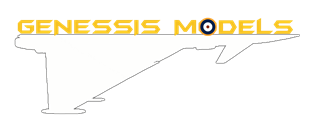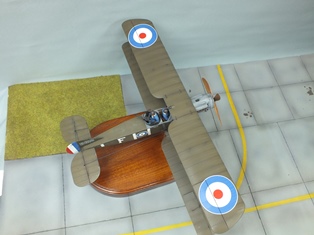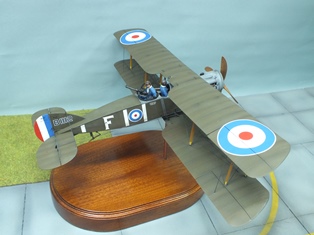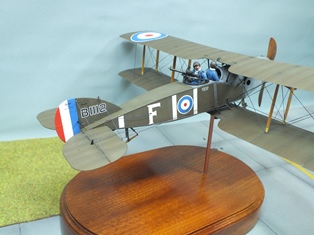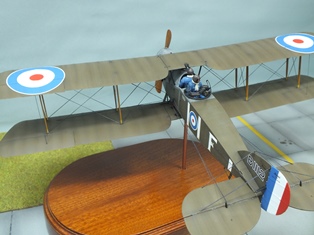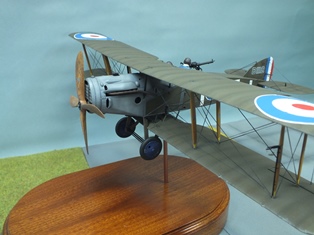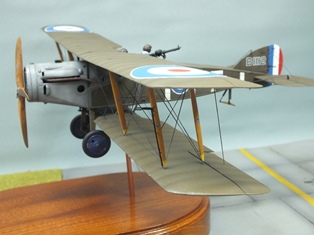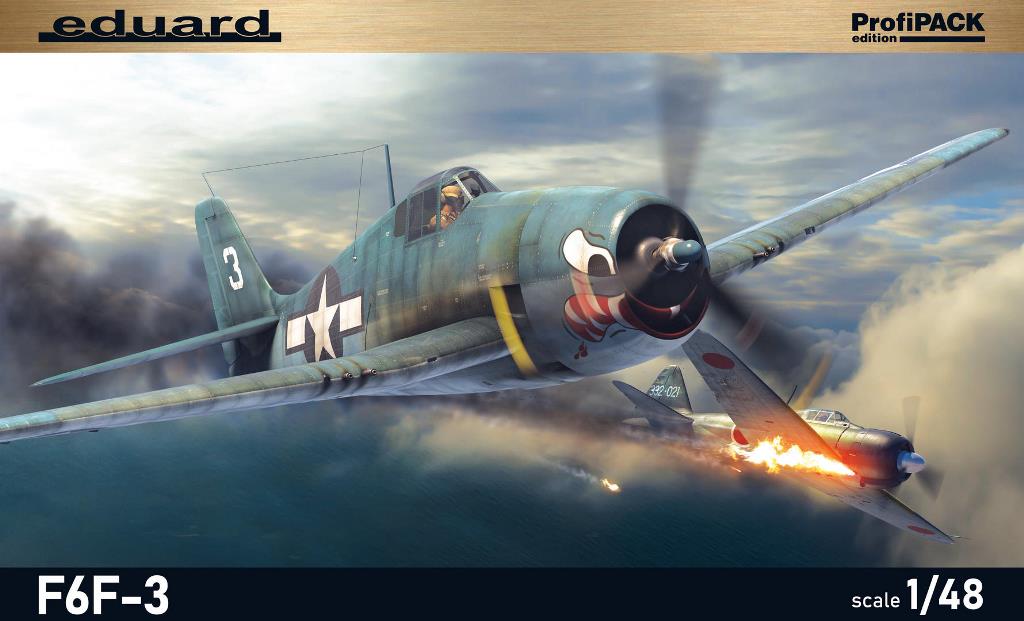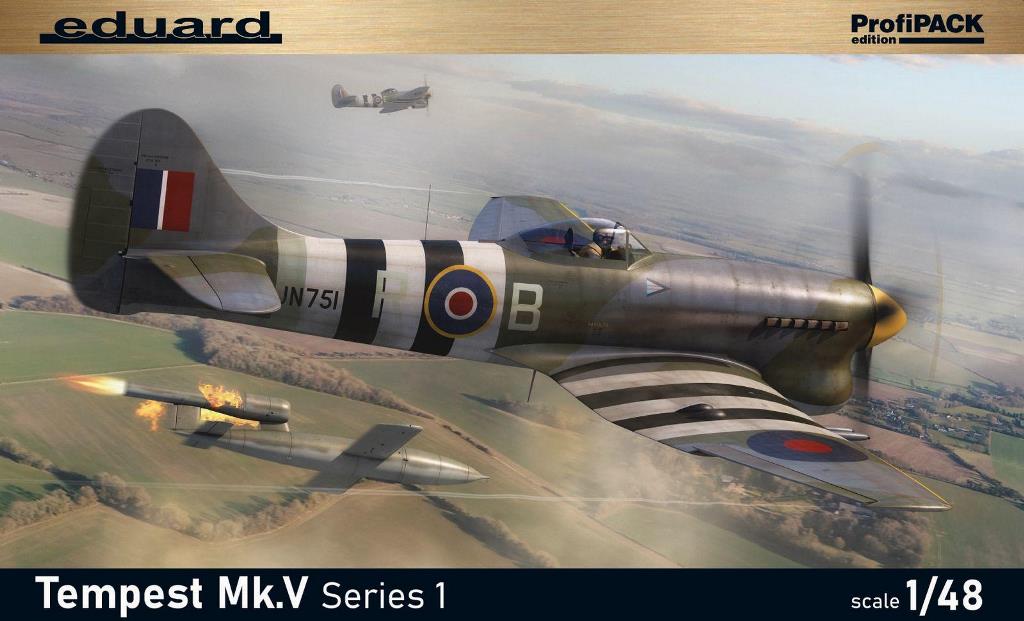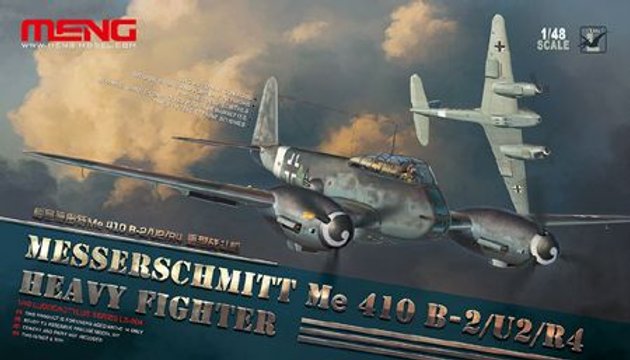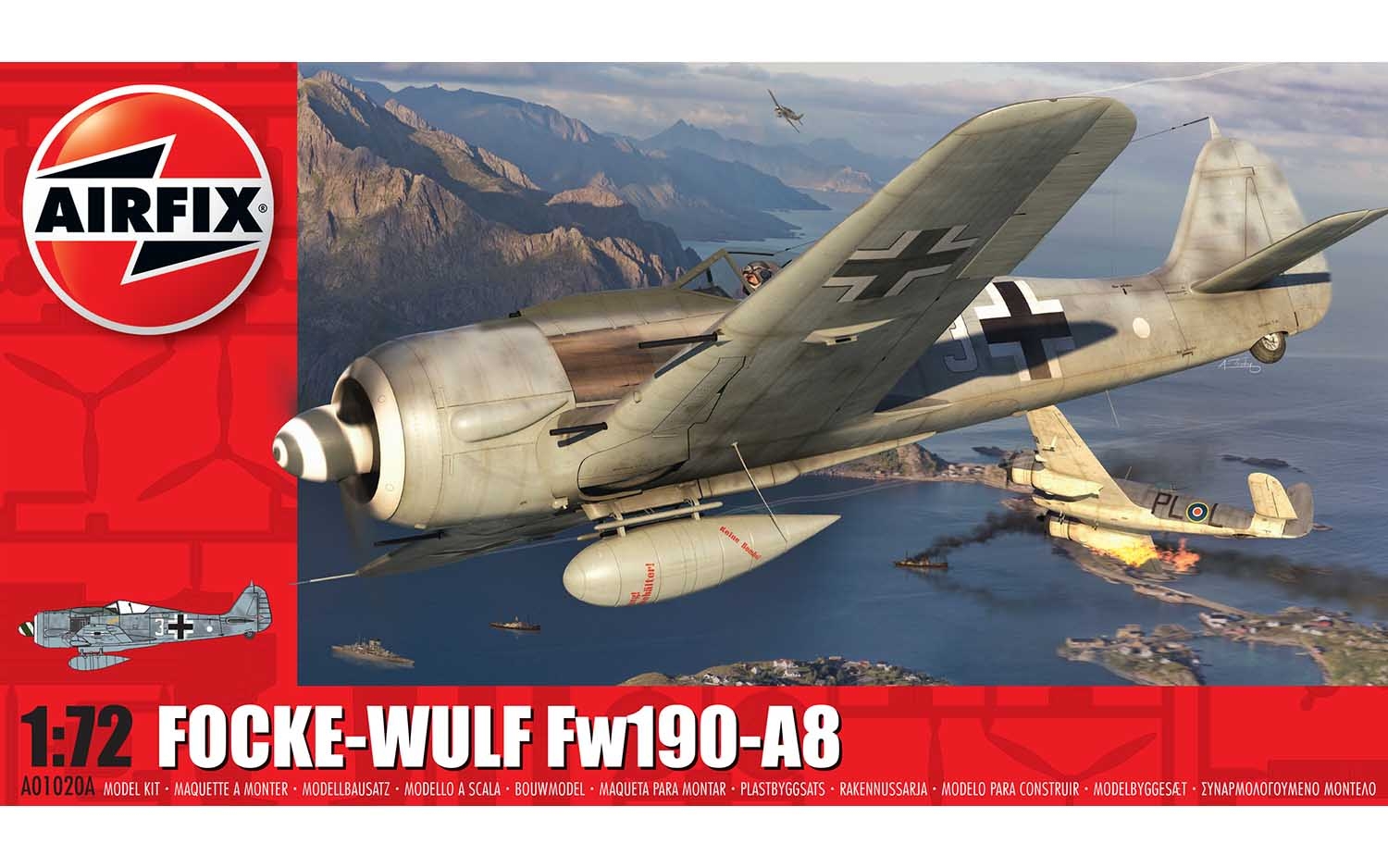Wing Nut Wings : Bristol F.2B Fighter : 1/32 Scale : In Box Review
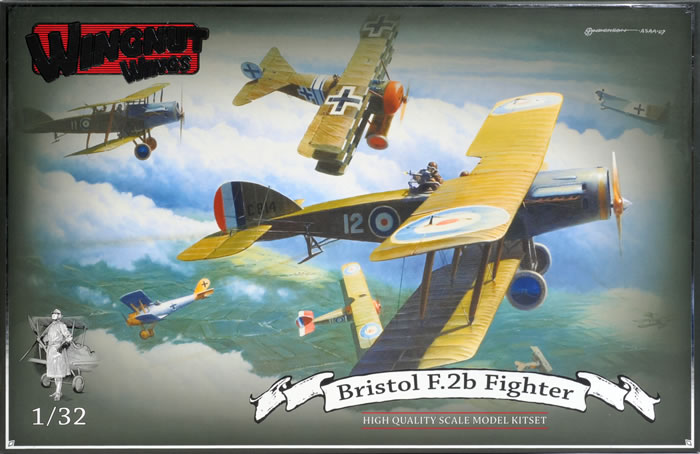
Bristol F.2B Fighter
- Manufacturer: Wingnut Wings
- Scale: 1/32
- Camera Angels: 1
- Camera Definition: Full HD
- Presented By: Bobby Waldron
- Marking options: 5
- Model dimension: Length: 240mm Wingspan: 370mm Height: ??
- Decals: Cartograf
- PE parts: Yes
- Painting mask: No
- Resin parts: No
- Item No: 32004
Model features
Released in April 2009 • Sold out on 24 September 2018 • 37cm x 24cm • High quality Cartograf decals included for 5 aircraft • 174 high quality injection moulded plastic parts • Optional bombs, open or closed radiator grills, early and late undercarriage • Fine, in scale, rib tape detail • Highly detailed RR Falcon V12 engine • 14 photo-etched metal detail parts • Full rigging diagrams
Initially conceived in early 1916 as the Bristol R.2a reconnaissance aircraft to replace the RFC’s aging BE2 series, Frank Barnwell’s design evolved into the Bristol Fighter in July 1916 following the incorporation of the brand new Rolls Royce 190hp ‘Falcon’ engine. An order was placed for 50 aircraft and the first production Bristol F.2a Fighter (A3303) made the types maiden flight on 9 September 1916.
Deliveries of this new aircraft to 48 Squadron RFC started in December 1916 and continued through to March 1917 at which time they flew their 18 new Bristol F.2a Fighters to France. Their operational debut on 5 April 1917 was somewhat less than successful. Despite having the Bristol Fighter on strength for 3 months 48 Sqn thought it to be structurally unsound and, despite its name, flew them in a rather sedately manner similar to two seat reconnaissance aircraft, slow and steady as a platform for the rear gunner.
Not surprisingly they were shot down just like slow and steady reconnaissance aircraft. It was soon realized that Bristol’s fighter was actually a very sturdy aircraft that could, and should, be maneuvered as if it were a single seat fighter with rear protection. And a fighter it was, with over 240 pilots and gunners achieving ace status in the type before the end of the Great War. Further refinements to the design, of which the most obvious was angling the front longerons downwards to improve pilot visibility, resulted in the F.2b appearing in April 1917.
Several different engine types, including 150-200hp Hispano Suiza and Sunbeam’s 200hp Arab, were fitted to the Biff (as it became affectionately known by those who flew it) but by far the most common and successful were the 190-275hp V12 Rolls Royce ‘Falcon’. The Bristol Fighter continued to serve long after the war with many different air forces and was not finally withdrawn from Commonwealth service until it was retired by the RNZAF in 1936.
